Spurred on by some students who asked me earlier in the year what sort of personal activism I pursue in relation to my views around the importance of forwarding and preserving functioning urban ecologies, I decided to embark on a bit of guerilla gardening in the form of a seed bombing exercise.
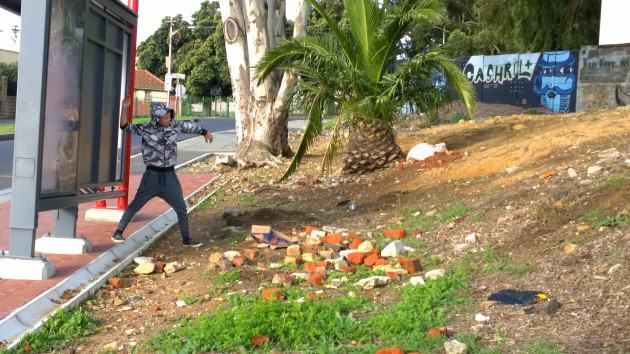 In addition to the interest and enthusiasm of my students, and a personal desire to re-initiate some activism in myself, the exercise takes its inspiration from, and was informed by, two emerging threads in recent landscape, urban ecology and restoration ecology literatures. The first relates to the application of landscape ecology principles in a constructive, futuristic, manner to the urban context and the second to the notion of using ‘charismatic’ species to engage society, emerging in the restoration ecology literature. A third, more personal consideration, relates to the notion of activism, and in how we position ourselves as participants in a relatively young democracy in South Africa (and one that was significantly informed by activism) in response to current causes.
In addition to the interest and enthusiasm of my students, and a personal desire to re-initiate some activism in myself, the exercise takes its inspiration from, and was informed by, two emerging threads in recent landscape, urban ecology and restoration ecology literatures. The first relates to the application of landscape ecology principles in a constructive, futuristic, manner to the urban context and the second to the notion of using ‘charismatic’ species to engage society, emerging in the restoration ecology literature. A third, more personal consideration, relates to the notion of activism, and in how we position ourselves as participants in a relatively young democracy in South Africa (and one that was significantly informed by activism) in response to current causes.
And then of course there is the seed bombing itself, which was the happy culmination of these various musings.
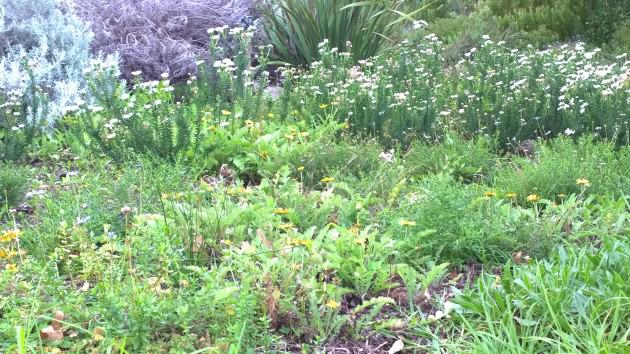
Dynamic urban landscapes and ‘popup ecologies’
The landscape and urban ecology literature at the moment notes the importance of not just spatial, but also temporal shifts in the landscape (Ramalho and Hobbs, 2012). What is described brings to mind a dynamic 3D graphic of patches in the landscape changing from occupied, to unoccupied, to variably occupied, and changing in size, shape and purpose, through time. The relief of this is green and brown field sites that are connected, then disconnected, and potentially reconnected in space and time. If these historical shifts are so relevant in understanding contemporary ecological function, then why not take a more active role in manipulating the ecology of those relief spaces in the urban fabric in time? What is presented is often fleeting moments and there might be no long-term potential where every plot is likely to change with the next owner, planning iteration, or political regime. So why not take an opportunistic approach and pursue what David Maddox cleverly termed ‘pop-up ecologies’. We need to view the future urban fabric as an ever-dynamic temporal and spatial matrix where the opportunities for connection and continuity, and pursuit of biodiversity, in space and time are numerous.
Charismatic species to garner public support
A constant point of debate in restoration ecology is ‘restoration to what end?’ We are familiar with at least some of the more obvious answers put forward to this question around functional ecologies, conserving rare and endangered species or systems, and more recently for the delivery of ecosystem services. A fresh answer to that question suggests a more socially-informed response where one of the purposes of restoration should be to engage the interest of the broader public and to use ‘charismatic’ species to this end (Standish, Hobbs and Miller, 2013). Here the suggestion is to avoid the perhaps more ecologically-hardworking, and to aim for the showy, eye-catching species, that might better serve as ambassadors for nature in cities.
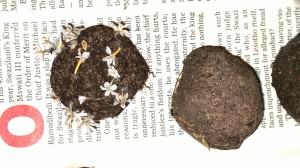
Urban activism
The last point of entry is around activism itself. Having grown up in a relatively politically and socially active community through the apartheid years, I have recently become disturbed by the lack of civic activism in South Africa. Given our heritage where our democracy emerged out of generations of trained and committed activists I feel this spirit should be a positive and healthy legacy of what was a dark and negative era. When I look around now I see very little activism. It’s there of course, but it plays out only really only among the most desperate and there appears to be a significant complacency, especially among the middle classes. So when my students asked me what I actually ‘do’ by way of making my views public and acting on my belief in the importance of an informed urban ecology, I was struck by my own apathy. I have a cause, but was failing to ‘march’ or, as we do in South Africa, to ‘toyi-toyi’.
Note: To ‘toyi-toyi’ is to stamp your feet and chant, generally used in political protest marches in southern Africa. Described by one activist as the weapon of the people where large toyi-toyi-ing masses is an effective intimidation tactic.
Making seed bombs
So the confluence of these various musings saw the organization of a guerilla gardening event to make indigenous seed bombs with a view to shaping the ecology of vacant lots, using ‘charismatic’ species, in my neighbourhood. I ordered seed from our local National Botanical Gardens, Kirstenbosch, and opted for showy annual indigenous species. I purchased seed of 6 species, and a grand total of 25 000 seeds. Putting the word out quickly secured an enthusiastic crowd who spent a jolly Friday evening at my house mixing clay and potting soil into golf-ball sized ‘bombs’, which were then carefully rolled in seed ( a quick internet search will guide you through the what’s and how’s of making seed bombs). After three hours of hard work we had just over 600 seed bombs.
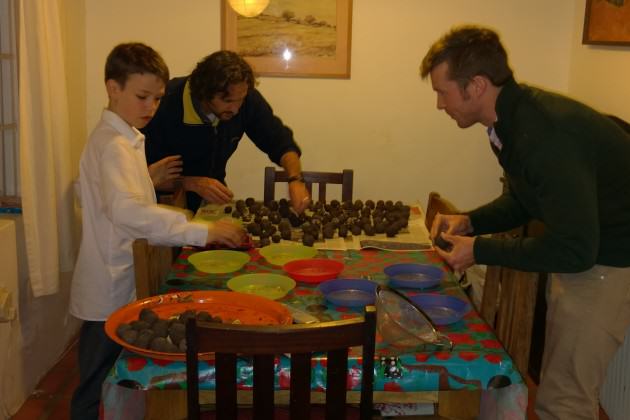
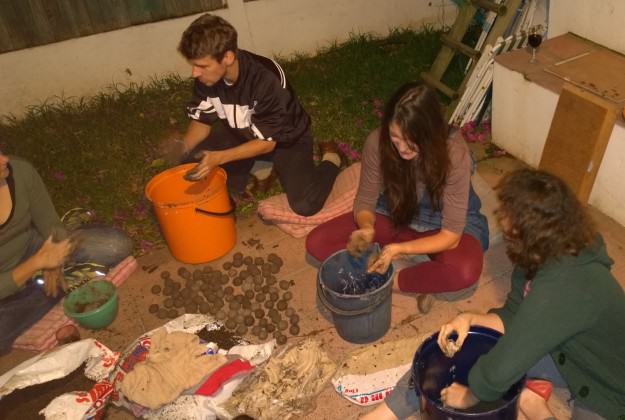
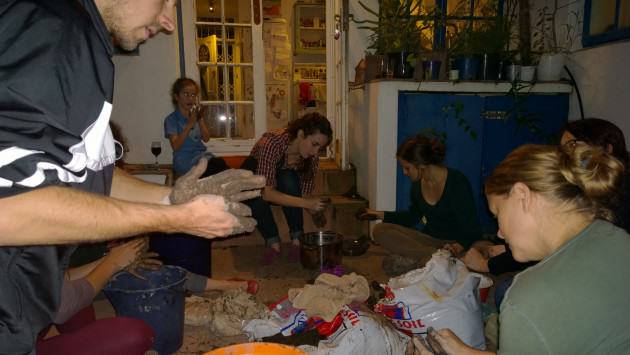
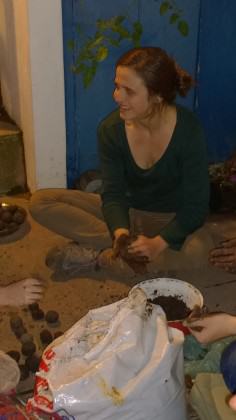 Our seed bomb making event was fortuitously followed by a day of rain and on Sunday morning we targeted vacant lots and road verges. We made sure our sites had limited alien grass cover to reduce overwhelming competitive dynamics and were well positioned for maximum public benefit. Then we bombed these sites hard. We tossed over-arm, we threw under-arm, we chucked them hard at the ground to watch them break apart, we competed to see who could throw the highest, and we jumped on some, and placed some gently in divots in the ground. We had so much fun! The act of hurling a seed bomb was warming to the heart. To throw something is such a physical act and really did galvanize the activist in me giving me all the gorgeous feelings of righteous action.
Our seed bomb making event was fortuitously followed by a day of rain and on Sunday morning we targeted vacant lots and road verges. We made sure our sites had limited alien grass cover to reduce overwhelming competitive dynamics and were well positioned for maximum public benefit. Then we bombed these sites hard. We tossed over-arm, we threw under-arm, we chucked them hard at the ground to watch them break apart, we competed to see who could throw the highest, and we jumped on some, and placed some gently in divots in the ground. We had so much fun! The act of hurling a seed bomb was warming to the heart. To throw something is such a physical act and really did galvanize the activist in me giving me all the gorgeous feelings of righteous action.
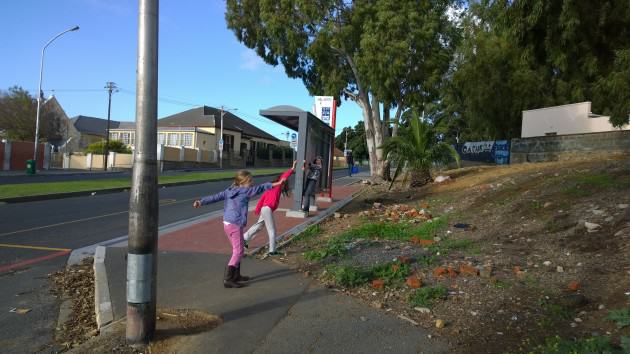
Now we wait and see. The rain is promising and we will watch our sites closely. Personally, I am not too anxious. If the seeds germinate and come up and something of a ‘pop up ecology’ is achieved, and there is a showy bloom or two that catches the eye of the public that will all be bonus to me. What I take away from the event is the re-ignition of the activist in me. I do believe we should be more active in our beliefs and that people need to take charge of the ecologies of their cities.
Pippin Anderson
Cape Town
Special thanks to Katrine Claasens, Russell Galt, Georgina Avlonitis, Jackie van Niekerk, Patrick O’Farrell, Quill O’Farrell, Hero O’Farrell, Frances Taylor, Susi-Jo Beyers, Paul Hoekman, Anna James and Rachel Browning for their assistance in making and distributing the seed bombs.
References
Standish, R.J., Hobbs, R.J., Miller, J.R. (2013) Improving city life: Options for ecological restoration in urban landscapes and how these might influence interactions between people and nature. Landscape Ecology 28(6):1213-1221. doi:10.1007/s10980-012-9752-1
Ramalho, C.E. & Hobbs, R.J. (2012) Time for a change: dynamic urban ecology. Trends in Ecology and Evolution 27(3):179-188. doi:10.1016/j.tree.2011.10.008

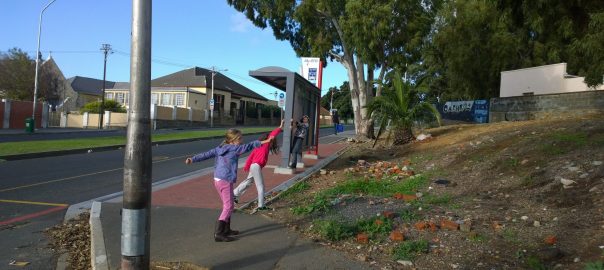






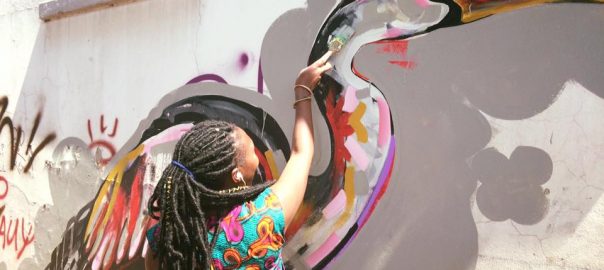
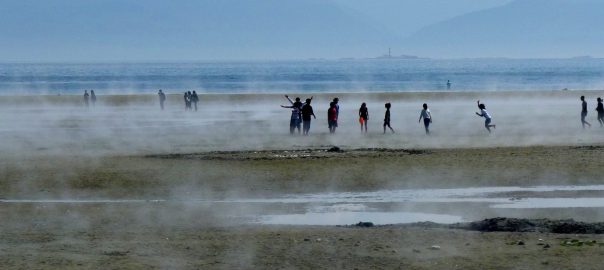
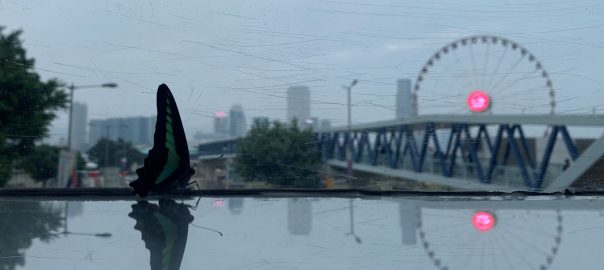
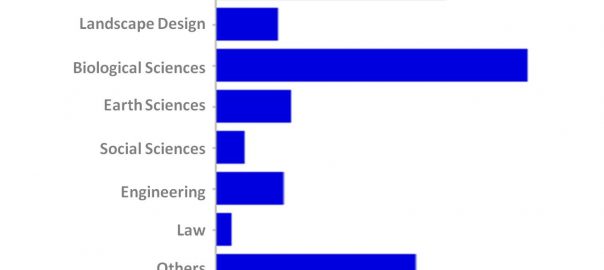
what a great idea ! I have recently participated in a traditional planting spree’ at the hospital courtyard, here in Rethymno, Greece, a small town of 40.000 by the sea, where the concept of urban nature is not obvious to many citizens , teachers and local authorities.. The traditional planting requires more effort and money. I will use your idea with my students at the University this semester ..
Propoostion by Pippin Anderson for guerilla gardening regarding sustainable ecology in urban area is fascinating. My question is whether it is apt for all cities.
I really enjoyed the method (we’ve been working with seed bomb campaigns in Korea and Japan recently) but also, your sentiment about re-igniting the activist. Writing, debating, legislating, they are certainly all forms of activism, but we easily forget that we’re potential ‘physical’ activists, too.
And well, if the plants start to show, it would be great to see some images , too!
Thank you for sharing this one Pippin.